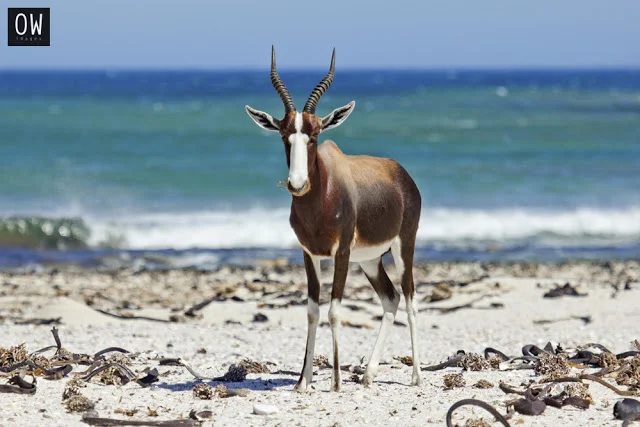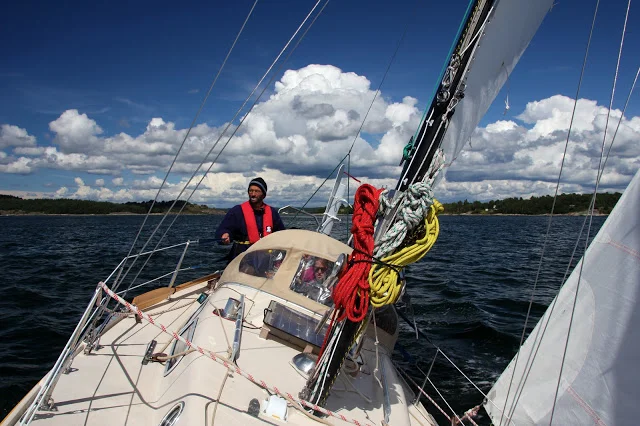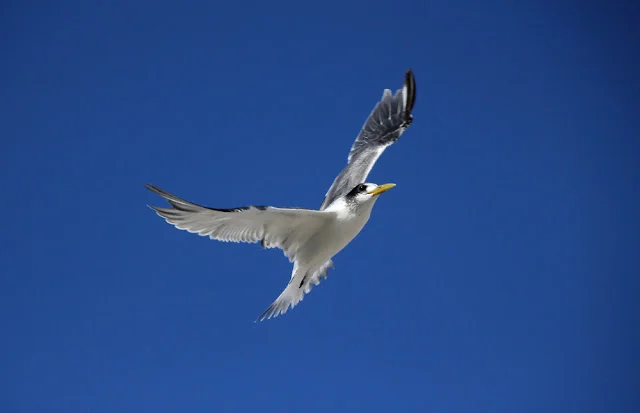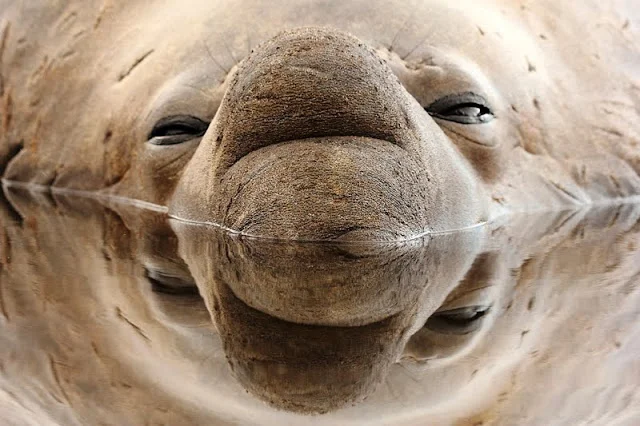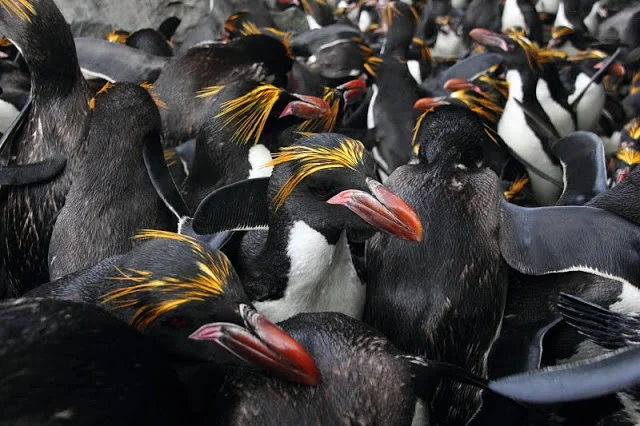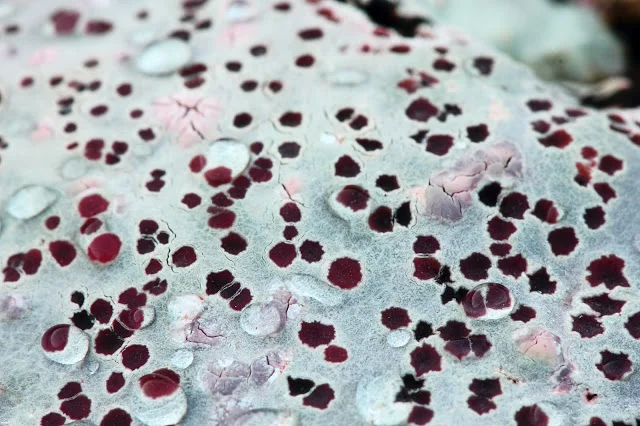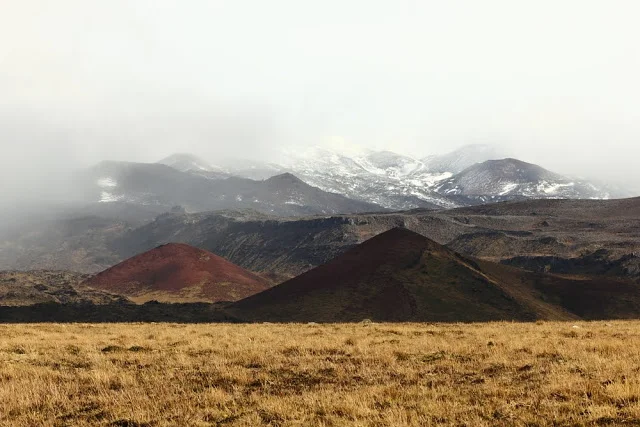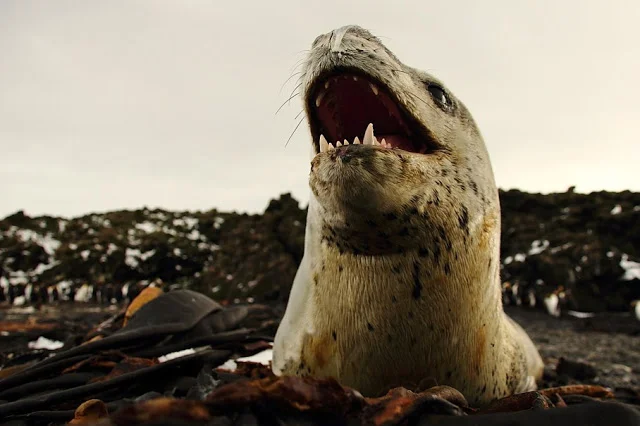Rachel Carson once wrote,
Those who contemplate the beauty of the earth find reserves of strength that will endure as long as life lasts. There is symbolic as well as actual beauty in the migration of the birds, the ebb and flow of the tides, the folded bud ready for spring.

Bontebok at Olifantbos.
I have always been drawn to wild places and its creatures, to regularly rediscover those eternal reserves of strength that feed my life inspiration, and thus I am extremely grateful to live in a place where on any given day I can easily find sand between my toes or immerse myself in the sweet honey smell of fynbos. Cape Town is one of few cities with such incredible wilderness areas right on its doorstep.

An unknown spider munches away at a snail. Fish Hoek.
My good friend Lauren De Vos and I recently embarked on an adventure to capture the beauty of False Bay in the hope that it will remind others just how lucky we are to live here. Together with underwater visuals of False Bay's sharks and fish from Lauren's fantastic BRUVS project, we compiled footage from some of our beach and mountain ramblings into two short films. Enjoy!

